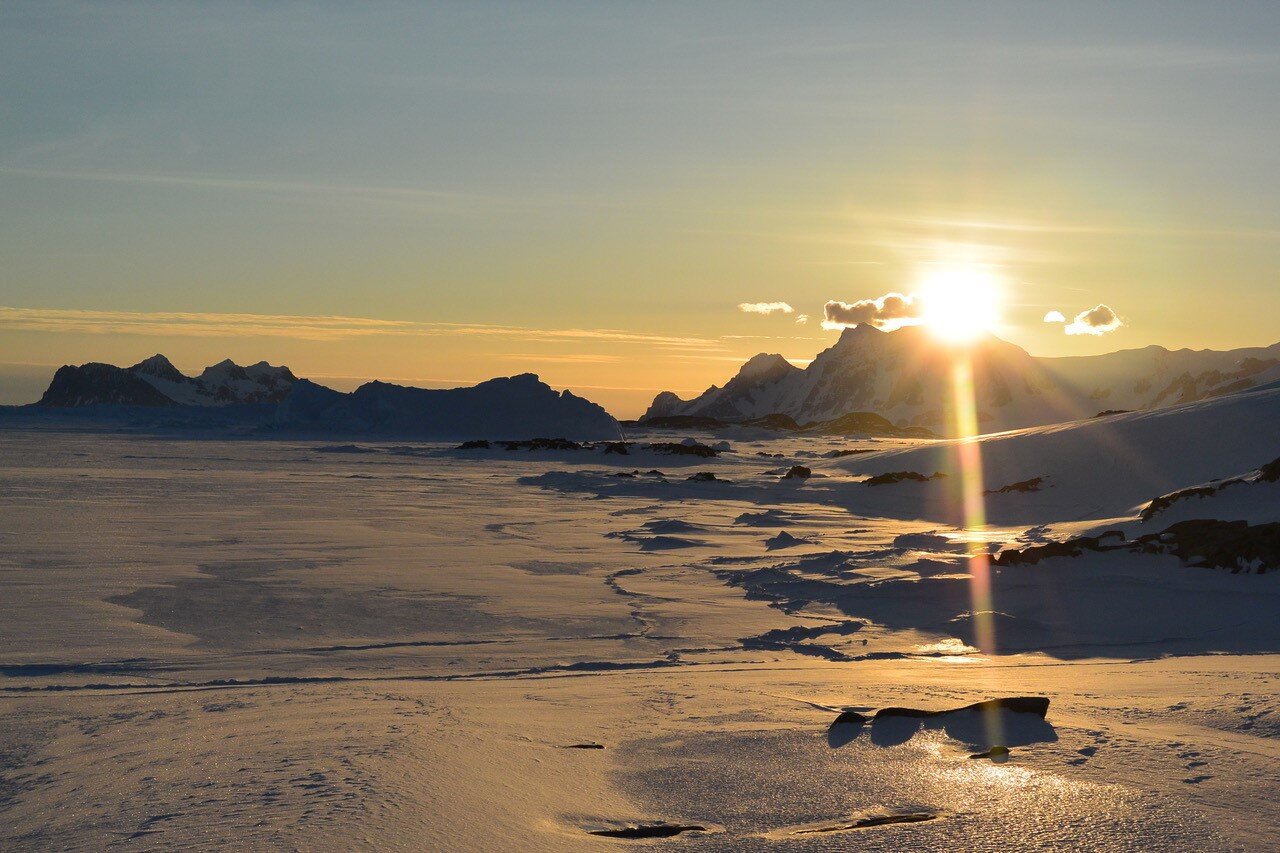Contrary to popular belief, Antarctica has experienced growth rather than melting ice, according to a significant study conducted by researchers from the European Geosciences Union (EGU).
The study, published by the Universities of Leeds (UK) and Minnesota (USA), challenges the narrative promoted by some political and media circles that climate change is causing a decline in the Antarctic ice mass.
Analyzing satellite observations over the past 50 years, the researchers found that the Antarctic ice shelf expanded by 5,304 square kilometers between 2009 and 2019.
They noted that while certain ice shelves collapse, thin out, and retreat, they also re-form within the studied timeframe.

These findings debunk the notion of a reduction in ice mass.
Addressing concerns about potential sea level rise due to polar melting, the study concludes that there is currently no indication of such a phenomenon.
The research utilized MODIS (Medium Resolution Imaging Spectroradiometer) satellite data to measure changes in ice shelf area across 34 locations in Antarctica during the specified period.
The study’s results demonstrate that the decline in ice area observed in the Antarctic Peninsula and West Antarctica over the past decade has been offset by growth in East Antarctica, as well as the Ross and Ronne-Filchner ice shelves.
Noteworthy retreats occurred in the Larsen C Ice Shelf, where 5,917 square kilometers of ice was lost during a detachment event in 2017, while the Ronne Ice Shelf in East Antarctica experienced the largest area gain, expanding by 5,889 square kilometers from 2009 to 2019.
Taking into account melting and cooling factors, the net growth of the Antarctic ice shelves was calculated at 5,304 square kilometers.
The study highlights the importance of incorporating time-varying calving flux observations to accurately measure changes in ice shelves, as previous studies relied on a steady-state model.
The researchers stress the significance of their data, as it challenges existing estimates that suggested substantial ice loss using a steady-state approach.
Their study, conducted with a more precise methodology and employing MODIS satellite data, stands as the highest scientific standard for addressing these questions to date.
This research underscores the complexity of Antarctica’s ice dynamics and provides valuable insights into the ongoing changes within the region.

